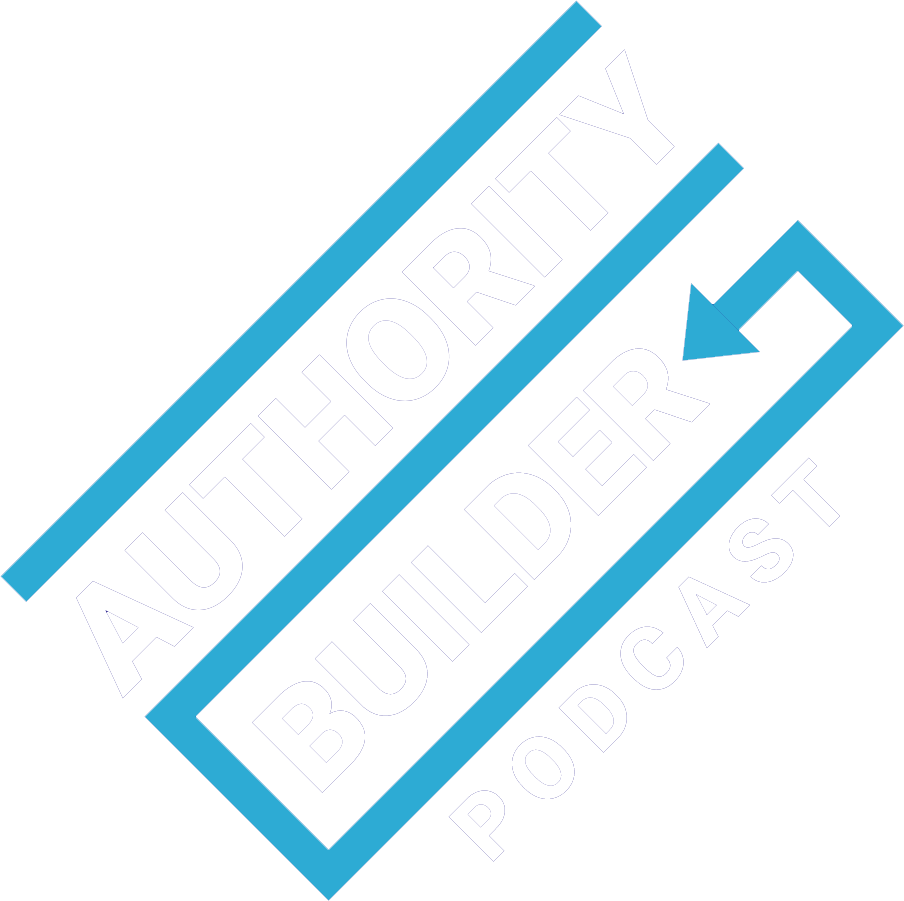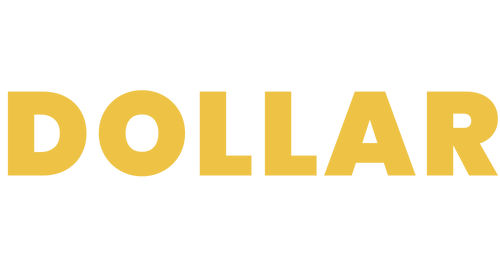Many entrepreneurs don’t realize the true potential of LinkedIn to boost their online presence, be recognized as experts in their field, and, in the process, increase their ability to attract leads and sales.
LinkedIn specialist Sarah Santacroce aims to change that. And it’s not about using high tech tools or third-party apps to bring in thousands of leads.
She uses a more personal – and much more effective – approach to connect with potential clients and customers. We talk about that, as well as…
- Why automated lead generation doesn’t work
- The right way to build genuine relationships on LinkedIn
- What you’re doing wrong with your LinkedIn profile
- How introverts can thrive on LinkedIn
- And more
Listen now…
Mentioned in this episode:
- The Introvert Business Growth Podcast
- (https://sarahsantacroce.com)


